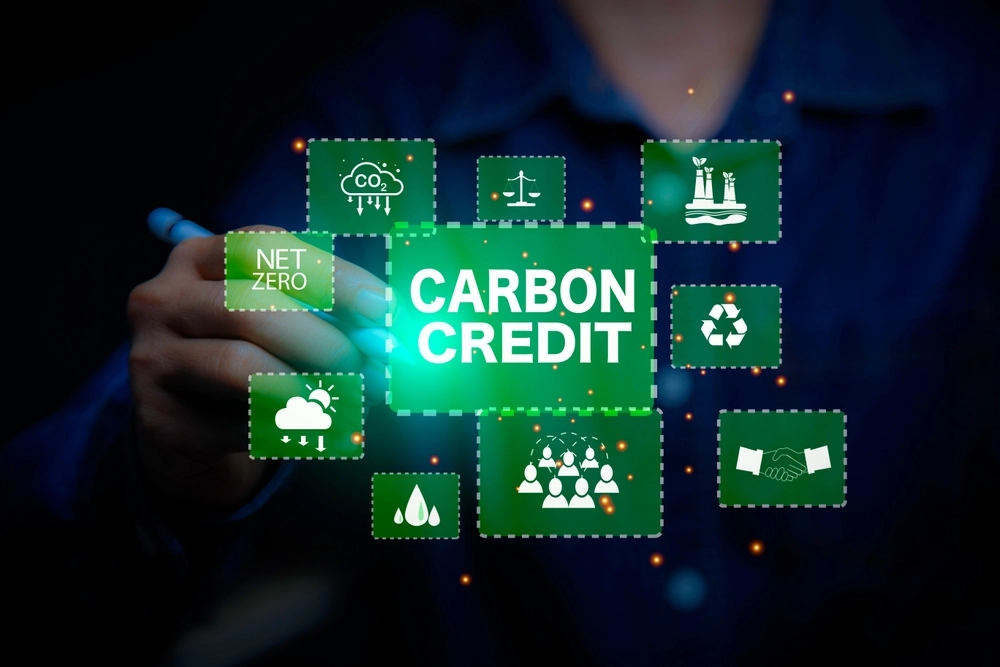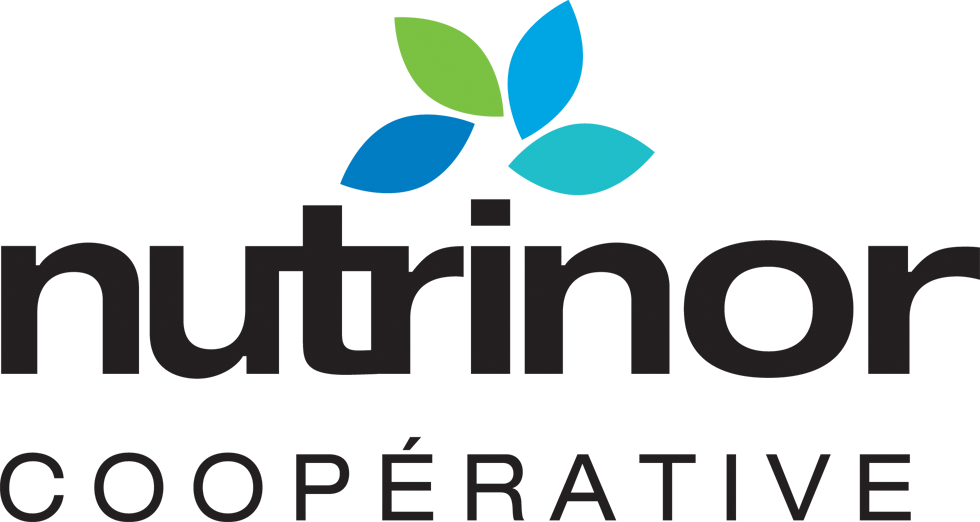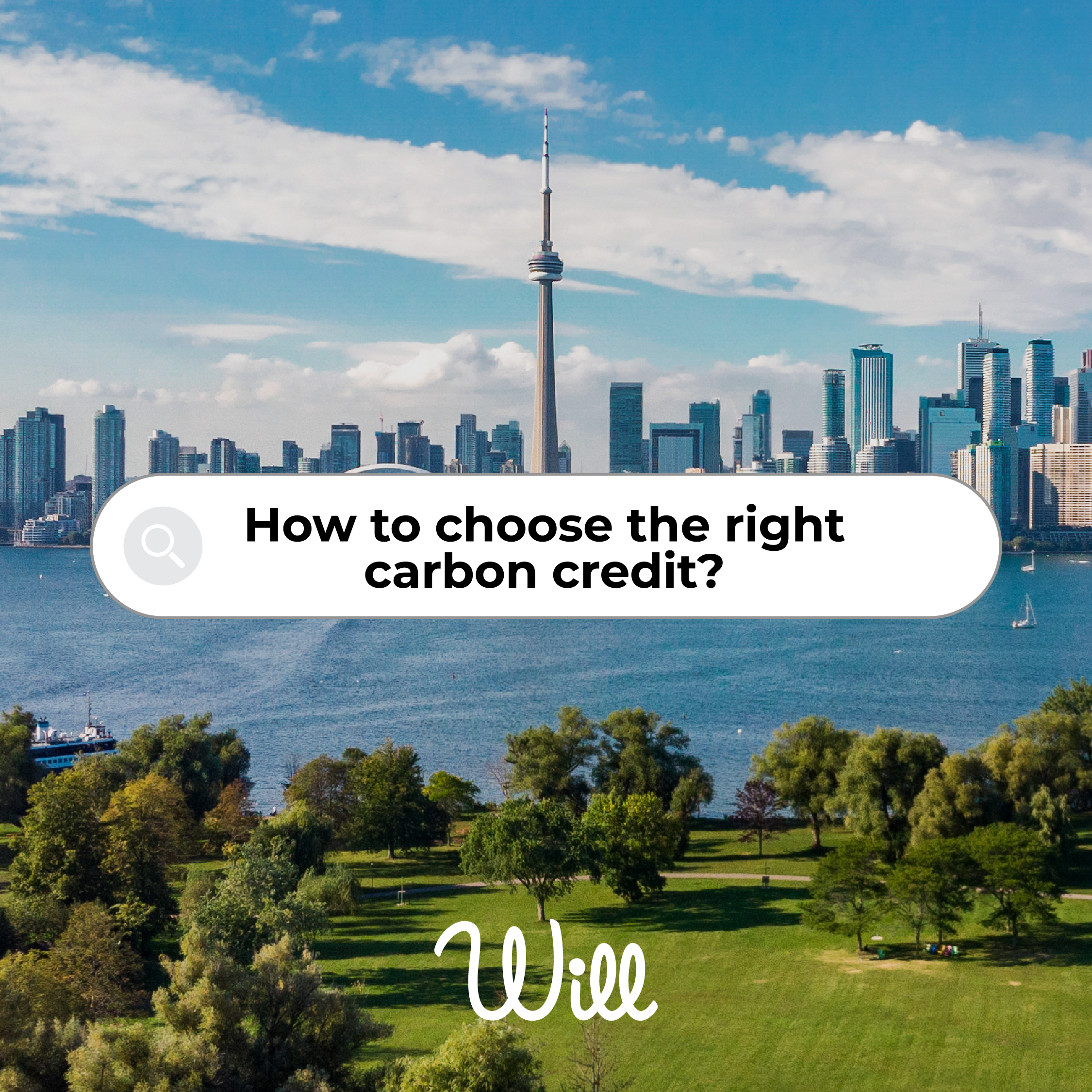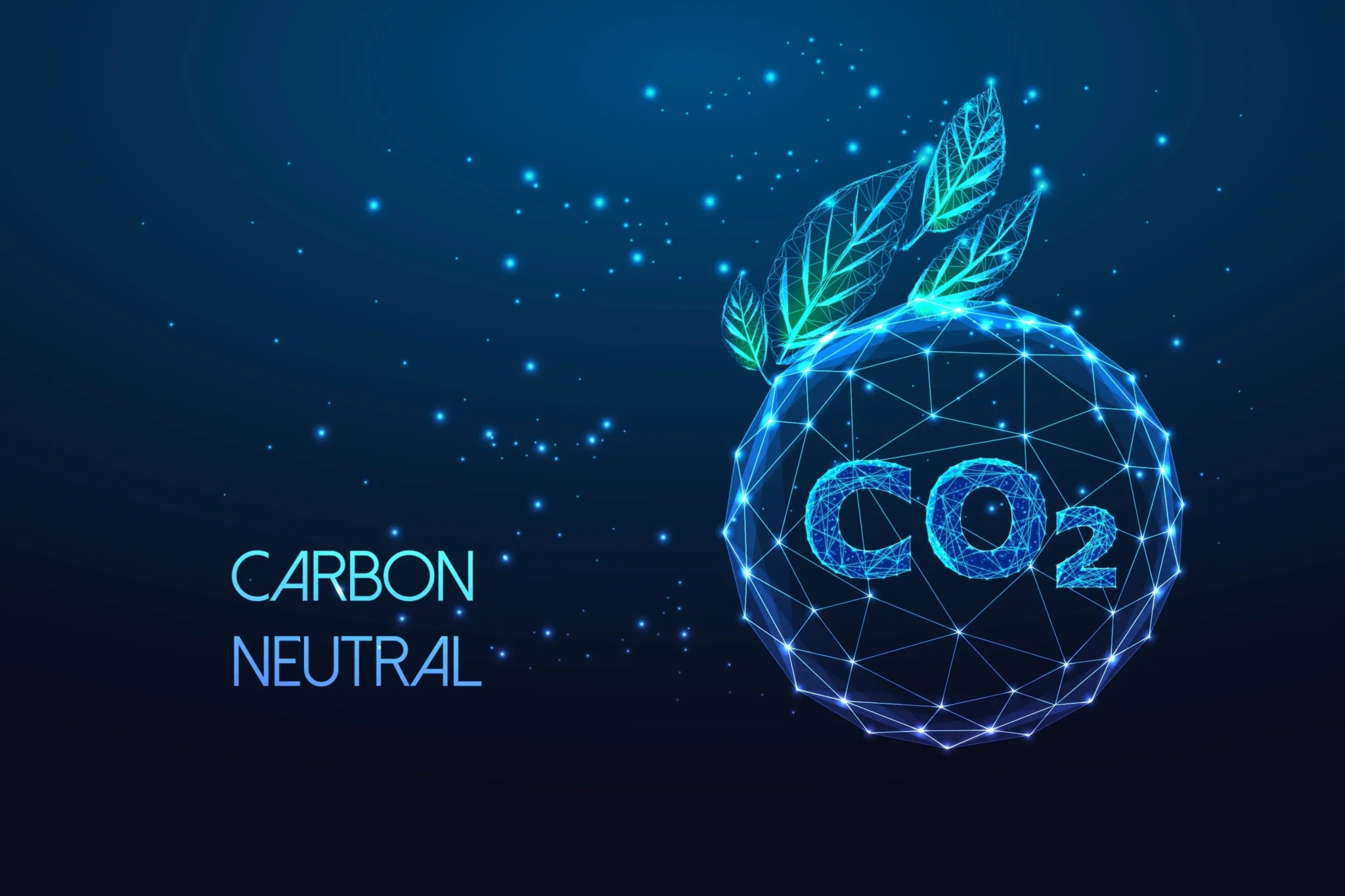BUYING CARBON CREDITS
Invest directly in carbon credits with Will Solutions and make a concrete commitment to tackling the climate crisis. As a company, you have the power to offset your greenhouse gas emissions while participating in global reduction projects. With our expertise, we guide you every step of the way, ensuring a responsible and effective approach.

Premium, Local, VCS-Certified Carbon Credits!
Book your free demo with a carbon expert in 2 clicks


Mike McLaine
Sales Executive – Carbon Credit Specialist
Or tell us about your ESG objectives and carbon contribution!


1 - The Project
Contribute to Canada’s first and only Verra-verified cluster project. The Sustainable Community unites more than 160 SMEs, NPOs and municipalities that are reducing their emissions here in Quebec. This project simplifies decarbonization for small ecological projects, accelerating and pooling the fight against climate change. Accessible and with no up-front costs, it offers companies a turnkey solution for decarbonizing quickly and efficiently. Our project is a veritable climate hive! Together, we’re stronger.


2 - Premium Carbon Credits
Our carbon credits are local, verified and derived from real reductions. 100% Quebec-based, they create jobs and improve air quality. VCS-certified by Verra, they ensure integrity and trust between buyers and developers. They promote the transformation of infrastructures. Finally, the project operates in a territory with a stable environmental and geopolitical context. With 70% of credits coming from methane reduction projects, they support innovation and have positive impacts on 6 United Nations Sustainable Development Goals (SDGs).


3 - Project Results
Since 2012 :
🔗+160 local project developers registered
⛏️+2500 microprojects developed
🍃+9.5 million tonnes of GHGs reduced and quantified (equivalent to 280,000 cars taken off the road)
💵+2.1 million CAD returned in carbon revenues to project developers, by 2023
🏭 13 participating business sectors
80% of revenues are dedicated to project developers
Renowned Companies Trust Us for their Carbon Offsetting Commitments












What the Buyer Gets


🏗️ Build a premium carbon portfolio
📊Volume, quality and transparency: make no compromises!
🔒 Choose credits with guaranteed (non-estimated) reductions
✅ Acquire credits that meet the 5 conditions set by industry bodies (additionality, permanence, conservative estimate, single counting, benefits)
📅 Secure your carbon porfolio today via multi-year contracts
🤝 Implement your ESG policy and carbon disclosure with peace of mind, thanks to a trusted partner!


What our Buyers like about our Sustainable Community Carbon Project
💡Green innovation: our project supports innovation by local communities and entrepreneurs. As a bundled carbon project, the Sustainable Community is also an innovation in itself, and one of the rare large-scale projects in Canada.
🏭 Decarbonizing the economy and SMEs: The Sustainable Community has over 160 SMEs developing and maintaining sustainable practices.
📊 Efficiency and concrete impacts: Participate in the success of over 2,500 microprojects from 13 different economic sectors. Already 9.5 million tonnes of GHGs reduced and quantified!
🏷️ Verra Certification: Carbon credits certified under Verra’s VCS program.
🧘♀️ Zero risk: Don’t worry! Our project generates credits ex-post, through reductions at source. This means that the GHG reductions associated with each carbon credit are guaranteed, measured and verified. No carbon credits are estimated at Will Solutions.
📏 Standards and integrity: using ISO standards, our calculations are triple-checked: by Will Solutions, by an external independent verifier (VVB) and finally by Verra.
⚖️ Fair redistribution: by returning 80% of our sales revenues to our Sustainable Community members who are the initiators of GHG reduction projects. Will Solutions retains a 20% margin for its services.
❄️ The snowball effect: via our unique turnkey group project, we accelerate the green transition of SMEs and help extend the global fight against climate change to as many people as possible. It’s a virtuous circle.
⏮️ Continuity and credibility: Will Solutions has been a carbon expert since 2007, is B Corp certified and has tangible results since 2012. We’re proud of our continuity and the expertise we’ve acquired over the years.
📢 Transparent carbon disclosure: All project documentation is public and verifiable at all times.
How to choose your carbon credits to reach net zero or carbon neutrality?
Want to know more? Continue browsing! Carbon credits and the Sustainable Community project will hold no more secrets for you!
A proactive solution for committed companies


Choose voluntary carbon credits to show your commitment to reducing greenhouse gas emissions. Will Solutions carbon credits give you access to innovative entrepreneurial initiatives in renewable energy, energy efficiency and waste optimization. From quality to compliance to transparency, Will Solutions takes care of everything!
Your commitment through the purchase of carbon credits is not only an act for the environment and society, but also a powerful lever for your brand image and the satisfaction of your stakeholders. You’ll achieve your carbon neutrality objectives while supporting local ecological projects.
Climate impact of voluntary carbon credits
Acquiring voluntary carbon credits from Will Solutions enables your company to offset a specific quantity of emissions, measured in tonnes of CO2. By opting for these credits, you demonstrate a proactive commitment to actions that help combat the climate crisis and reduce GHG emissions. This concrete, proven and measured commitment will also serve you in your carbon disclosure, ESG policy and corporate communications, by providing evidence that is both factual and tangible.
Will Solutions offers a portfolio of carbon credits that are:
Local


Learn More
We’re proud to support local, 100% Canadian carbon projects, creating numerous virtuous local effects: job creation, air quality, energy independence, regional expertise
Verified


Learn More
Our credits are verified by the VCS-certified registrar VERRA. The registrar creates trust between the buyer and the project developer by ensuring the integrity of the carbon credits. Verra is the world’s leading carbon registrar.
From GHG reductions


Learn More
All our carbon credits come from emission reductions or avoidance at source (guaranteed, non-anticipated GHG reductions).
Efficient


Learn More
+70% of our carbon credits come from methane avoidance projects, a gas with a warming potential 80x greater than Co2 in the first 20 years. Its reduction is therefore essential!
Community-based


Learn More
The projects are carried out by almost 100 Canadian SMEs, NPOs and municipalities making an innovative green transition!
Innovative


Learn More
Carbon projects contributing to innovation, high technology and infrastructure transformation are generally more popular than natural projects. Will Solutions exclusively includes innovative projects related to energy conversion, waste management optimization and energy efficiency.
Recent


Learn More
Our carbon credit inventory includes vintages between 2010 and 2019. Would you like to buy credits from a specific year? Contact us now!
Stable


Learn More
As a northern hemisphere project, it operates in an area with high environmental standards and with a stable and transparent geopolitical context, greatly reducing cyclical risks.
Enhanced


Learn More
Each carbon credit has co-benefits on 6 of the 17 United Nations Sustainable Development Goals (SDGs 9, 10, 11, 12, 13, 17)
Build your Carbon Porfolio and reach your Climate Goals with Will Solutions !
Simplify your carbon credit purchasing with Will Solutions
Will Solutions makes your purchase of carbon credits transparent and accessible. Here are the recommended steps for acquiring credits efficiently:


1. Analyze your emissions: If you haven’t already done so, we recommend that you measure your company’s emissions to determine the number of credits needed to reach your carbon neutrality or net zero objectives. If you have a simple contribution target, this step is not necessary;
2. Support a carbon project unique in Canada: The Sustainable Community cluster project combines innovation, mutualization, locality and multi-sectoral reductions so that local SMEs can decarbonize their emissions ambitiously, consistently and sustainably over time. All microprojects go beyond current practices. The IPCC has also defined reducing emissions at source as the priority project type, over and above sequestration projects such as tree planting or forest conservation;
3. Be at peace: book a meeting with our carbon credit advisors so that they can understand your offsetting objectives and guide you towards the best strategy. The Sustainable Community project documentation is publicly available and transparent. All GHG reductions are guaranteed and non-estimated (ex-post carbon credits).
4. Finalize your purchase: Finalize your purchase online or with one of our advisors, if you wish to purchase large volumes. Our system ensures detailed public documentation for each credit, guaranteeing traceability and validity.


We’ve structured this process to ensure that every purchase makes an accurate, meaningful and verifiable contribution to your sustainability efforts. This gives you total peace of mind about the legitimacy and impact of your carbon credits.
Will Solutions: More than just Carbon Credits
The integrity of every carbon credit we offer is essential. At Will Solutions, we are committed to ensuring the transparency and verifiability of our credits, guaranteeing that every tonne of CO2 offset truly supports effective environmental projects. We adhere to strict international standards to ensure that your contribution to voluntary offsetting has a real and beneficial impact in the fight against the climate crisis.
Carbon credits that work locally!
Your company’s involvement with Solutions Will’s voluntary carbon credits has a direct positive effect on the climate and on local entrepreneurs.
These projects go far beyond offsetting GHG emissions; they promote the development of clean technologies, create local jobs and improve quality of life. Your contribution supports initiatives such as the transition to renewable energies, renovation for sustainable buildings and infrastructure, and the recovery and reclamation of complex residual materials.


« Thanks to Will Solutions and their support, we have transformed our fleet of delivery vehicles into a carbon-neutral business. It is thanks to the purchase of carbon credits that St Hubert is once again able to position itself as a leader in the restaurant industry […]. »
Reinvent your ESG impact with Will Solutions
Choosing Will Solutions means opting for a partner who not only understands the nuances of voluntary carbon offsetting, but is also committed to a global ecological transition.


By investing in voluntary carbon credits, you are taking part in an advanced environmental strategy that not only reinforces your commitment to sustainability, but also enriches your corporate social responsibility.
Our approach ensures that your contributions in carbon credits contribute to tangible positive changes for the environment and for the local communities involved. At Solutions Will, we’ve been with you every step of the way, for over 10 years.
Contact us today to find out how your actions can not only meet environmental standards, but also turn your commitment into tangible results for your company and the world.
Are you ready to achieve your corporate objectives with carbon credits?
YOU ARE AN INDIVIDUAL AND WOULD LIKE TO OFFSET YOUR EMISSIONS?
Carbon Credits FAQ
1. How do carbon credits contribute to the decarbonization of society?
First of all, voluntary carbon markets are a major tool in the solution, even if they are not the only lever to activate. It is essential to apply the mitigation hierarchy (measurement, avoidance, reduction and then carbon offsetting) in order to reach our climate targets.
However, carbon credits are one of the only realistic levers of action that can accelerate and finance the ecological transition and the reduction of anthropogenic GHG emissions on a large scale. The UNFCCC supports the use of voluntary carbon credits as an essential step towards “Net Zero” from 2030 to 2050.
Second, our premium carbon credits deliver not only GHG reductions at the source but also additional climate and societal benefits. Indeed, our carbon credits are 100% local, are derived from GHG reductions at source (ex-post), are serialized, offer a high monetary return to small and medium-sized initial project developers, are verified by a structured MRV (Monitoring Reporting and Validation) program including third-party verification (Verra) and contribute to 6 United Nations Sustainable Development Goals (SDGs).
In conclusion, high-quality carbon credits are therefore an essential transitional tool that allows organizations committed to an ESG or Net Zero policy to go beyond the carbon reduction of their activities by offsetting their incompressible residual emissions and at the same time contributing to the financing of GHG reduction projects of other stakeholders!
2. How do you ensure single counting?
We ensure single counting (and therefore avoid double counting) through various measures:
- Serialization: all our carbon credits have a unique serial number, ensuring the uniqueness of each carbon credit and its indelible link to the associated ton of CO2e.
- Dual public registry: our third-party verifier Verra maintains a public registry, but we also maintain our public registry Will to ensure quality control, accessibility and transparency for all to our carbon inventory.
- Retirement: all of our carbon credits are retired following a purchase, for the benefit of the buyer and to ensure ownership of the associated GHG reductions.
- Control: we control the entire value chain, from the production of GHG reductions to the sale of carbon credits. This gives us better overall control over the standards of quantification, transparency, serialization and conversion of a ton of CO2e into a carbon credit.
3. How do you ensure the additionality of your projects?
We ensure the additionality of GHG reduction projects at different levels:
- Financial additionality: based on Will’s business model which is based on the sharing economy, i.e. to finance and assume all the risks of the quantification and monetization process for all participants (members). Thus, without the carbon revenues from sales, the Sustainable Community cluster project (developed according to the VM0018 methodology) would not exist.
- Unique business model: our core mission is to expand participation in climate action to all stakeholders in society by facilitating and democratizing access to voluntary carbon markets (VCMs) for tens of thousands of organizations/voluntary reducers. That’s why we offer them a no-cost, no-risk service to remove disincentives and provide a unique incentive for the financing and development of decarbonization projects. Moreover, the vast majority of these reducers would not have been able to realistically access the voluntary markets on their own (costs, time, expertise), to carry out the monetization process of their GHG reductions.
- Methodology: our business model is based on the VM0018 methodology (version 1.0), the world’s first cluster methodology and certified by the VCS program (in 2012). All of our carbon credits come from cluster projects (Sustainable Community) which are based on this methodology. This ensures from the start the specifications of each Sustainable Community, which are the basis of our carbon credits, ensuring at the source the quality standards as well as the additionality, aligned with those of Verra. Thus, it is approximately 50% of the projects submitted by our GHG reducing members that we have to reject, as they do not meet the eligibility and additionality requirements defined by this methodology. In January 2023, Will entered into a process to update this methodology to include GHG reductions related to the transportation segment.
- MRV Process: Each GHG reduction project that qualifies under Will’s Sustainable Communities is subject to a Monitoring, Reporting and Verification (MRV) process that is performed in harmony with the updated versions of Verra’s VCS program, currently version 4.4. At the end of the MRV process, our accepted and quantified GHG reductions are submitted to a Verra-recognized third-party verifier. Finally, Verra performs a final validation to obtain and issue the VCU serialization associated with each carbon credit.
4. What types of projects will I support with my carbon credit purchase?
Our Sustainable Community of Quebec (SQC) cluster project is currently supporting more than 2500 carbon reduction micro-projects! Buying our carbon credits allows you to simultaneously contribute to the financing of all these projects at once!
Our Sustainable Community project allows you to contribute to regional GHG reductions in Quebec (CDQ) and the Sustainable Community of Ontario (CDO). Through your purchase, you contribute to a more local and circular economy, and to the support of small local GHG reducers (SMEs, municipalities and NPOs – our Sustainable Community members).
All our members’ projects are source-reduction projects. The GHG reductions have been achieved (ex-post) before being converted into verified carbon credits, so they have an immediate impact, are guaranteed, and are fully permanent.
Through your carbon purchase, you contribute directly to reducing the carbon intensity of the economy, industry and infrastructure. Your purchase also contributes to the support of the green economy and to Canadian know-how in this field.
Finally, there are three main categories of eligible projects: energy conversion (e.g. switching from oil to solar panels), energy efficiency (e.g. thermal insulation of a building or reduction of energy consumption of a building through its optimization by artificial intelligence) or optimization of waste management (e.g. recycling of waste and reuse as raw material). Scheduled for the end of 2024, projects related to the decarbonization of transport should be added to our eligible project types!


